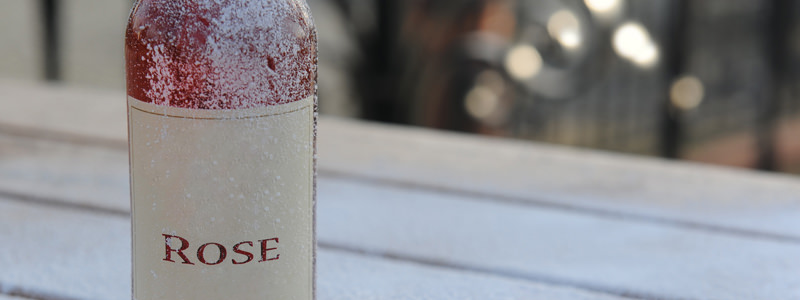Rosé’s dramatic rise in popularity has led to the wine’s description as “summer water.” It’s refreshing, young, and meant to be drunk soon after the grapes it came from were picked from the vine. Preferably, you’ll drink it while sitting in a porch chair watching a magnificent sunset. With all those romantic connotations you may’ve gone a little rosé crazy this summer, and you may even have a few bottles left over. But is it still OK to drink those leftover bottles in the depth of the winter season, or even over Memorial Day weekend next spring?
The reality is that you shouldn’t wait too long. Most rosé is meant to be consumed within a year or two of its vintage date, and with good reason: it’s during this time that the wine’s fresh fruit flavors, which we’ve come to expect from a good glass of rosé, are the most apparent.
The reason most rosés are meant to be drunk pretty soon after they’re made has a lot to to with how the wine is created in the first place. When a wine sits for a long time with its skins, the skins not only impart color, but also tannins. These tannins both protect the wine and increase its aging potential. Additionally, when a wine spends a bit of time in oak, more tannins from the wood are imbued in the wine, further protecting it as it ages. But rosé only spends time with the skins for a very brief moment to impart the wine’s pink hue, and is then often aged in stainless steel, giving the wine no time to gain the tannins necessary to protect it.
So while most rosé will eventually fade, it doesn’t happen overnight, which means that the rosé you have left over from your Labor Day party or the bottle you found on sale at your local wine shop is still quite delicious. And it happens to go extremely well with baked ham and roast turkey, so don’t hesitate to serve some at your Thanksgiving dinner!

